 alt="Market Days in Xuanwei City and Townships, Qujing"
/>
alt="Market Days in Xuanwei City and Townships, Qujing"
/>
Ancient Bridges Culture in Yunlong County, Dali
There are different types of Yunlong bridges(云龙桥), including wooden beam wind-rain bridge, stone slab bridge, single-plank bridge, etc. Suspension bridge types include rattan bridge, slip cable, chain bridge and steel cable bridge; arch bridge types are mainly wooden arch bridge, stone arch bridge. Yunlong ancient bridges(云龙古桥) show many aesthetic principles. Its varied architectural styles with its unique style. Emperor Guandi to Jun bridge(关帝对君) adopted a stone arch top with a high and low Bai tile-roofed building, bridgehead built with arch-house, the style is rare all over China.
Yunlong(云龙) preserved bridge from the oldest primitive rope, rattan bridge to modern steel truss bridge, its variety, architectural form, can form a bridge museum completely, known as “the very best ancient bridge around Yunnan,” (“云龙古桥冠全滇”) can be called “ancient bridge art museum”. In 2013, the Bijiang(沘江) River’s ancient bridge group was listed as the seventh batch of national key cultural relics protection units.
There are four basic characteristics on Yunlong(云龙) bridge: “floating, beam, crane and arch”. These four bridge types are the origin of all bridges, which are derived into many different types of bridges at this moment. In addition to temporary bridges in the dry season in Bijiang(沘江) River, the rest are permanent ones. Most of these types of bridges are concentrated in the Bijiang(沘江) River basin and its tributaries, forming a group of ancient bridges. Today, there are still nearly 100 ancient bridges with various types, 42 of great value. The ancient bridges on the Bijiang(沘江) River are not only numerous in number, but also rich in types. From primitive simple bridges to long-span bridges with complex construction techniques, they can form a history of the development of ancient bridges. They have very precious historical, scientific and artistic values.
Among the many ancient bridges in Yunlong(云龙), some are called “living fossil of bridges”, such as rope, rattan bridge. The suspension rope is called suspension bridge in ancient times. It is the embryonic form of all suspension bridges. The rattan bridge is called “Ze”(笮) bridge. In the Tang Dynasty, ” County Yuanhe(元和) County Guo(国) Chronicle” records: //“凡言笮者,夷人于大江水上置藤桥渭之笮,其大笮、定笮皆是近水置藤桥处”//. Rattan bridges appeared more than 2,000 years ago, which generally range in length from about 20 to 30 meters, such as a century old man who has experienced vicissitudes, still across the Yunlong(云龙) River, well preserved, and continue to provide access for the people on both sides of the river.
Iron chain suspension bridge is a kind of bridge which can widen the span and strengthen the structure with the appearance and widespread use of iron tools. There are mainly chain suspension bridges in Yunlong(云龙), It has been built long-span chain suspension bridge on the Lancang(澜沧) River in the early Qing Dynasty, known as the “Flying Dragon Bridge”. Now the chain suspension bridges are mainly built in the Qing Dynasty, the length of more than 30 meters to 60 meters, mainly Anlan(安澜) Bridge, Qingyun(青云) Bridge, Huimin(惠民) Bridge, Zhongzhou(中州) Bridge, etc.
The most distinctive of the ancient bridges in Yunlong(云龙) is the beam bridge. This kind of ancient bridge, which is developed from the single wooden bridge and the earth-filled girder dike, with more and more kinds in the course of development. There are wooden column and wooden beam bridge, stone column and stone pier and wooden beam bridge, stone pier and stone beam bridge and so on. When the current is too swift to build a bridge pier in the middle, wooden loquats are piled up from the two ends of the bridge piers and stretched out to the center of the river in turn, like an outstretched arm, supporting the entire bridge with this huge arm. Covering the roof of the bridge, it looks like a long corridor on the water, also known as “corridor bridge”, because it has the function of wind and rain shelter, also known as “wind and rain bridge”. Bai’s extended-arm girder bridges are built in the bridge carved beams and painted, thick ink, so that the bridge appears colorful, magnificent, so also known as the “big flower bridge”. The outrigger-type wooden girder bridge over the Yunlong(云龙) Bijiang(云龙) River, with a total length of 40 meters and a net span of 29 meters, is the largest span of similar bridges in Yunnan Province. Other bridges include Caifeng(彩凤桥) Bridge, Wuli(五里) Bridge, Yongzhen(永镇) Bridge, Yangchun(阳春) Bridge, Yifeng(义风) Bridge, Lianchangpin(炼场坪) Bridge, Xiaoling(小岭) Bridge, Jiancao(检槽) Bridge, Jianzifang(街子房) Bridge, etc.
The stone arch bridge appeared earlier. This kind of bridge is not only beautiful in form, but also strong in structure. These stone arch bridges, which have a long history, beautiful in form and strong in structure, still play an important role today. Therefore, it is a precious heritage, showing the industrious wisdom and outstanding talent of the ancient working people. Most of the existing stone arch bridges were built in the Qing Dynasty, mainly Yongli(永利桥) Bridge, Shuanglong(双龙) Bridge, Guandi Shengjun(关帝圣君) Bridge, Shuiyaping(水雅坪) Bridge, Anju(安居) Bridge and so on.
The ancient bridge lies across the East, West, North and south, and runs through the ancient and modern times.
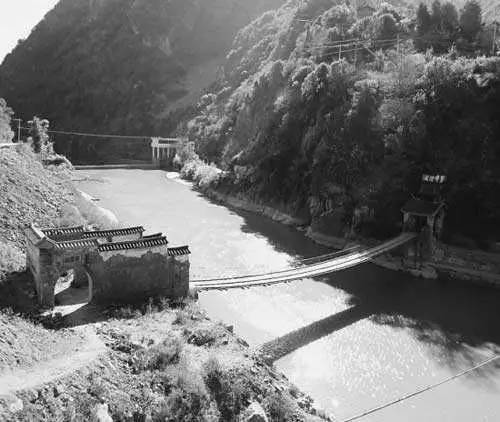
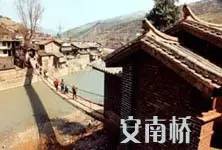
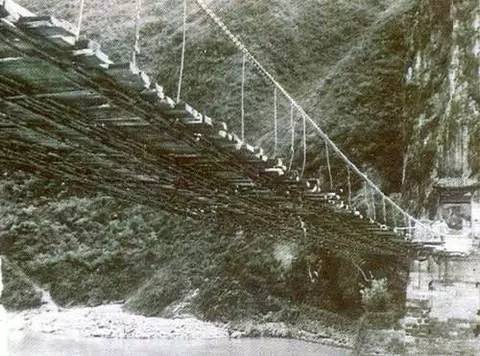
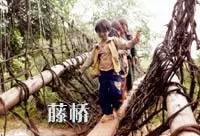

The bridge that winds around the river.
Go by the bright sun, go by the wind and rain, go by the years.
With a leisurely rhyme, carrying the heavy responsibilities ahead.

Yunlong(云龙) has the reputation of “the hometown of ancient bridges” and “the world bridge art museum”. The Yunlong(云龙) Bridge is not limited to a large number of bridges, each of which contains a profound historical and cultural heritage. Bridge culture has long been a valuable feature in Yunlong(云龙).

The wisdom of our ancestors should not be underestimated. In the era of backward science and technology, many human development has been hindered to some extent. But the forefathers always came up with some magical and advanced methods to overcome obstacles and build roads and bridges when they meet mountains and waters.
Yunlong(云龙) County is located in the western part of Dali Prefecture, located in the valley area of Western Yunnan. The Nu River and Lancang(澜沧) River flow through the county, and the mountains and valleys are crisscrossed in the area under its jurisdiction. Yunlong(云龙) County has abundant water resources, tens of rivers and thousands of streams.


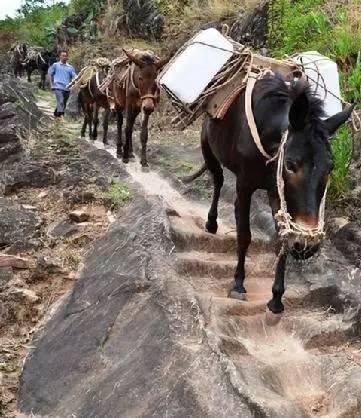
Rivers and mountains are rich in natural resources, but traffic problems follow. The river blocked the life of both sides of the river, and YunLong(云龙) ancient bridge is the crystallization of wisdom with Yunlong’s ancestors.
In addition, Coupled with the development of Yunlong(云龙)ancient salt industry and silver copper mine, which created a good material foundation for the bridge in ancient times, which spanned the two sides countless times, bringing new opportunities for economic prosperity and cultural development.


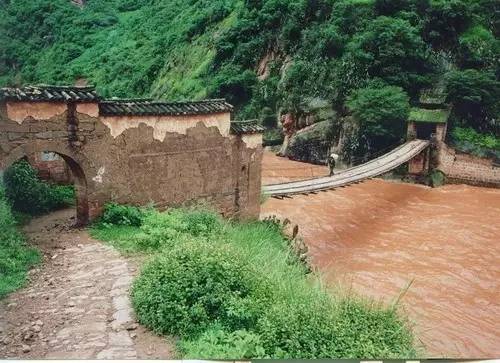
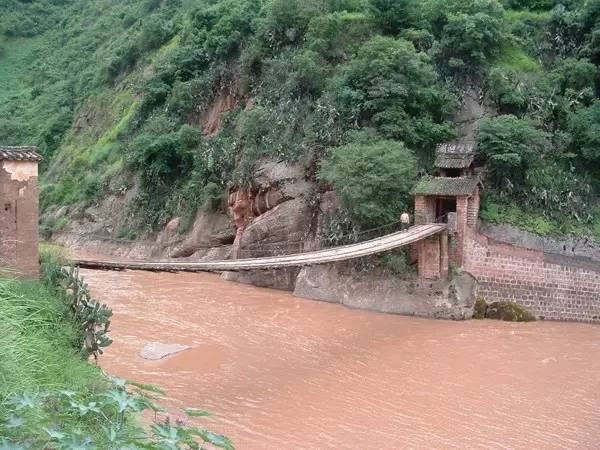

The bridge culture has been well protected and inherited in Yunlong(云龙). It has an indissoluble bond of affection between Yunlong(云龙) people of all nationalities and bridges. The ancient bridges have brought them not only the convenience of transportation, but also the deep friendship between the villages of all nationalities from generation to generation.
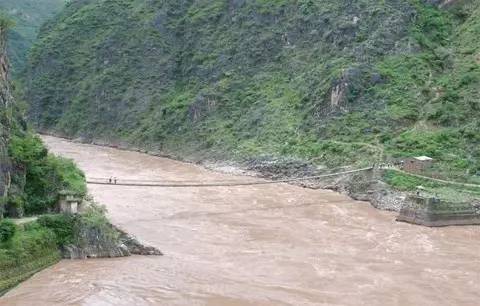
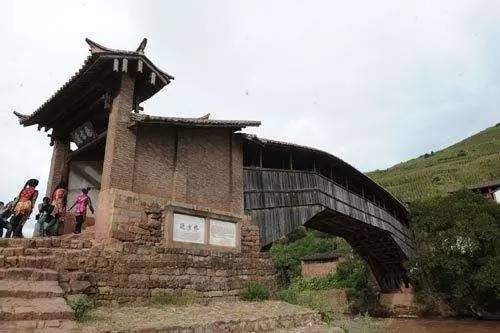
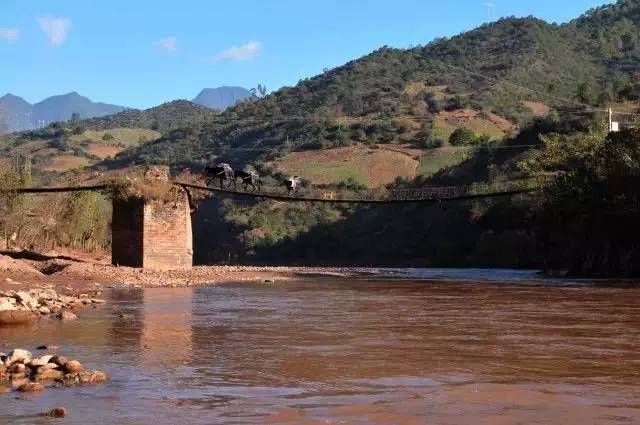

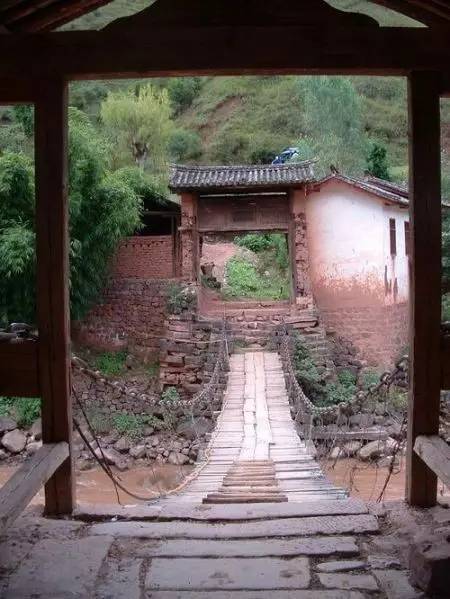
The river has been murmuring for many years.
The bridge is still impartial.
With its firm body, it carries the passers-by.

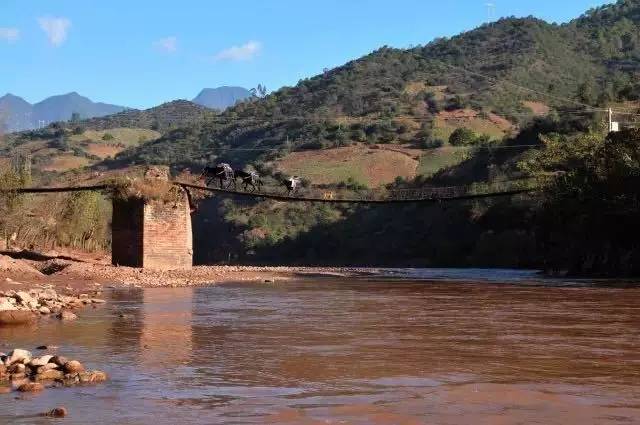
A bridge, a story.
Yunlong’s bridge records countless people and events.
Across rivers, through time, endless.
https://www.sohu.com/a/143484639_641489
http://www.dalidaily.com/wenhua/20160323/081838.html

 7 Days GolfingTour
7 Days GolfingTour
 8 Days Group Tour
8 Days Group Tour
 8 Days Yunnan Tour
8 Days Yunnan Tour
 7 Days Shangri La Hiking
7 Days Shangri La Hiking
 11 Days Yunnan Tour
11 Days Yunnan Tour
 6 Days Yuanyang Terraces
6 Days Yuanyang Terraces
 11 Days Yunnan Tour
11 Days Yunnan Tour
 8 Days South Yunnan
8 Days South Yunnan
 7 Days Tea Tour
7 Days Tea Tour
 8 Days Muslim Tour
8 Days Muslim Tour
 12 Days Self-Driving
12 Days Self-Driving
 4 Days Haba Climbing
4 Days Haba Climbing
 Tiger Leaping Gorge
Tiger Leaping Gorge
 Stone Forest
Stone Forest
 Yunnan-Tibet
Yunnan-Tibet
 Hani Rice Terraces
Hani Rice Terraces
 Kunming
Kunming
 Lijiang
Lijiang
 Shangri-la
Shangri-la
 Dali
Dali
 XishuangBanna
XishuangBanna
 Honghe
Honghe
 Kunming
Kunming
 Lijiang
Lijiang
 Shangri-la
Shangri-la
 Yuanyang Rice Terraces
Yuanyang Rice Terraces
 Nujiang
Nujiang
 XishuangBanna
XishuangBanna
 Spring City Golf
Spring City Golf
 Snow Mountain Golf
Snow Mountain Golf
 Stone Mountain Golf
Stone Mountain Golf










 What Our Customers Say?
What Our Customers Say?
